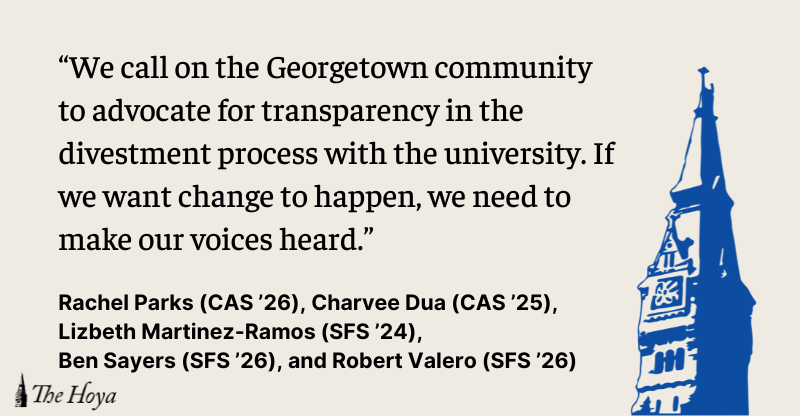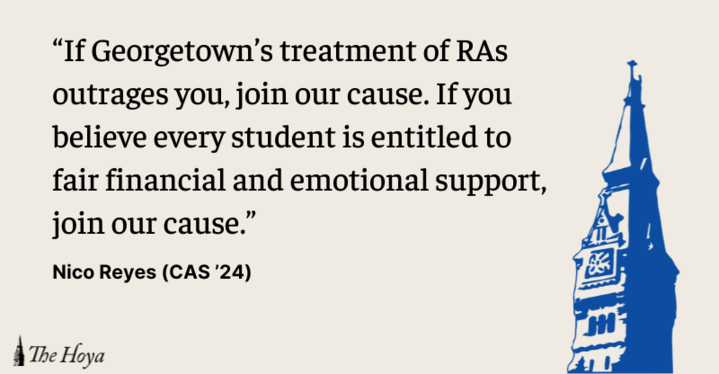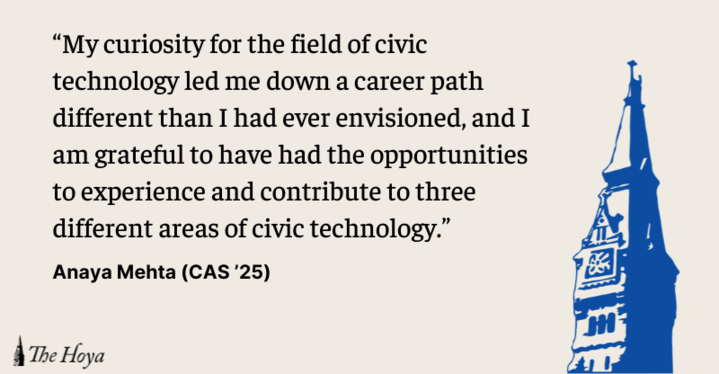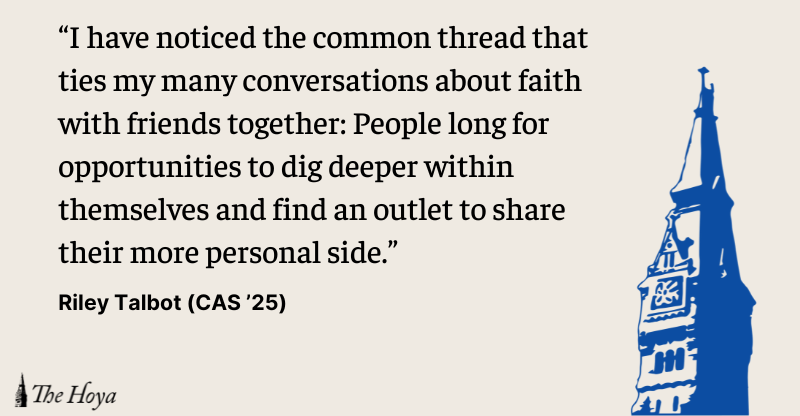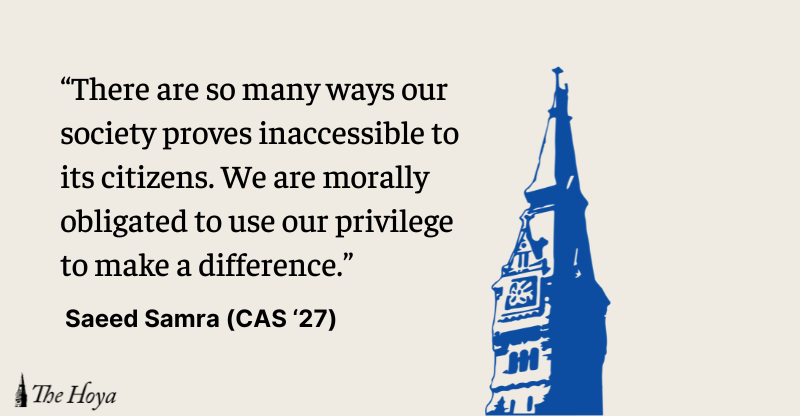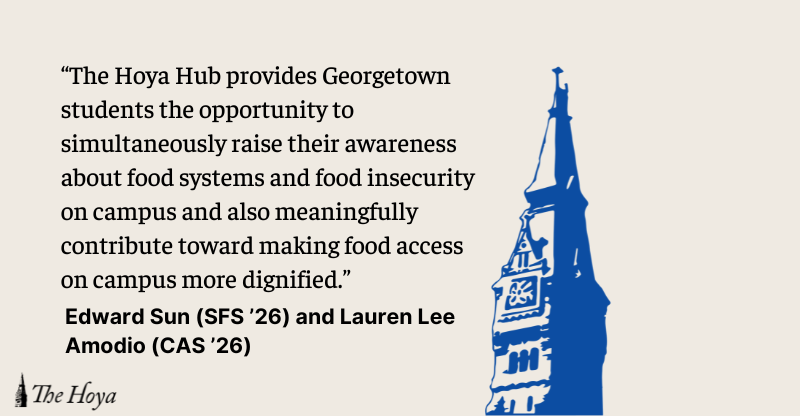I often hear my friends complain about the stained unpleasantness of Lauinger Library and sigh.
Youth should once again value revolutionary art. It feels as if popular architectural discourse often revolves around idealizing the past, lamenting how beautiful past movements and old buildings — Washington, D.C.’s Old Post Office, Georgetown Unviersity’s Healy Hall — are or used to be. Our modern culture has its head stuck in antiquity — almost as if a perverse desire to foment yet another resurgence of the styles of yesteryear fuels it. Perhaps next we’ll adopt neo-neoclassicism, or the 45th wave of the Gothic Revival.
In that vein, students paint the brutalist Lauinger Library — which the university opened in 1970 and architects designed as a brutalist take on the university’s romanesque flagship building, Healy Hall — as a supposed eyesore, one that interrupts the otherwise harmonious, venerable beauty at the front of Georgetown’s campus. Indeed, they are not alone: In 2018, Business Insider named it the second-ugliest building in D.C. Even those who defend its facilities concede that it possesses a distinct lack of beauty.
But while Lauinger may not have the gargoyles and gilded clock like Healy, it has honesty in representing Georgetown circa 1970 — and we should appreciate that.
Architecture tells a story of its times. It is an expression of a designer’s vision, an endorsement of a culture’s values, a commentary on a society’s constraints.
And for the 1970s, brutalism is that story — a story we’ve never idealized or recreated.
A radical thesis born out of the post-war necessity to rebuild, brutalist architects believed that buildings should showcase their raw materials and structural elements. No more hiding the bare bones behind decorative facades. The rugged, exposed concrete buildings were honest, if painfully so.
Far from being ugly, buildings like Lauinger convey a beauty of authenticity. Its bold, heavy forms speak of an architecture more concerned with expression than mere ornamentation. Instead of imitating past achievements of human creativity, brutalism rejected nostalgia’s superficial prettiness in favor of confronting the viewer with the harsh realities of modernity.
If brutalist buildings appear uncomfortable or disquieting, it’s because they’re supposed to.
There is warmth in Lauinger’s austerity. Its textured concrete exudes a purely human, imperfect quality that contrasts with the slick glass-and-steel monotony of corporate modernism. In the face of trite ornamentations, brutalist buildings are rough, idiosyncratic innovators. Compared to the stone-glass, two-faced amalgamation of the Rafik B. Hariri Building, which houses the McDonough School of Business, or the almost historic collegiate gothicism of White-Gravenor Hall, Lauinger is uniquely of its place, a distinctive landmark representing the ethos of Georgetown’s campus.
Critics even once recognized it as such. In 1976, the American Institute of Architects bestowed Lauinger with its Award of Merit “for distinguished accomplishment in library architecture.”
I hope it will receive such recognition again.
Brutalism encodes authenticity and presents unequivocal truth. While critics may scoff at its austere appearance, Lauinger’s bare concrete walls stand as bulwarks against the ceaseless tide of the “things-used-to-be-better” naysayers who would value artificial glamor over truthful representation. While Healy Hall, the flemish-romanesque icon of our school, may have inspired it, Lauinger represents our university as it is better than Healy ever could.
After all, at a university which has begotten five out of the last eight White House chiefs of staff, engendered a system where clubs ruthlessly compete for money in a student-run appropriations process and built a mini-society where a job in the intelligence community earns you social credit, Lauinger represents who we are: a university stripped free of sugarcoating moral vanities.
We all ought to welcome the discomfort Lauinger presents, not just in architecture, but in our view of Georgetown as an institution as well.
Enslaved people built Georgetown’s campus. Our largest auditorium memorializes a major slaveholder. The university was forced, by the Vatican, to defund GU Choice, while Georgetown University Right to Life and the Cardinal O’Connor Conference on Life receive thousands in administrative funding each year. According to Axios, students in the top 1% of household income have a 190% higher chance of admission in comparison to other applicants with similar test scores. It’s what is true — even Healy Hall’s decorative stonework and gold leaf cannot cover that up.
But, to a certain extent, that’s okay. We have to be comfortable seeing the university for what it is — even a place with some stained concrete blemishes can still be beautiful.
Lauinger encourages this, challenging each of us to be more honest. It does not hide embellishment; rather, it reveals itself as it is. So, each time we notice the architectural disconnect and discomfort between Lauinger Library and the university’s other flagship buildings, we should think more about its steadfast display of truth. I hope we come to embrace, rather than dismiss, that legacy of daring.
Brutalist Lauinger was once radically modern and uncompromisingly representative of its era. It is, in short, a building of its times. With its call for sincerity still reverberating, we ought to start seeing it as a building of our times as well.
Saahil Rao is a first-year student in the School of Foreign Service.













